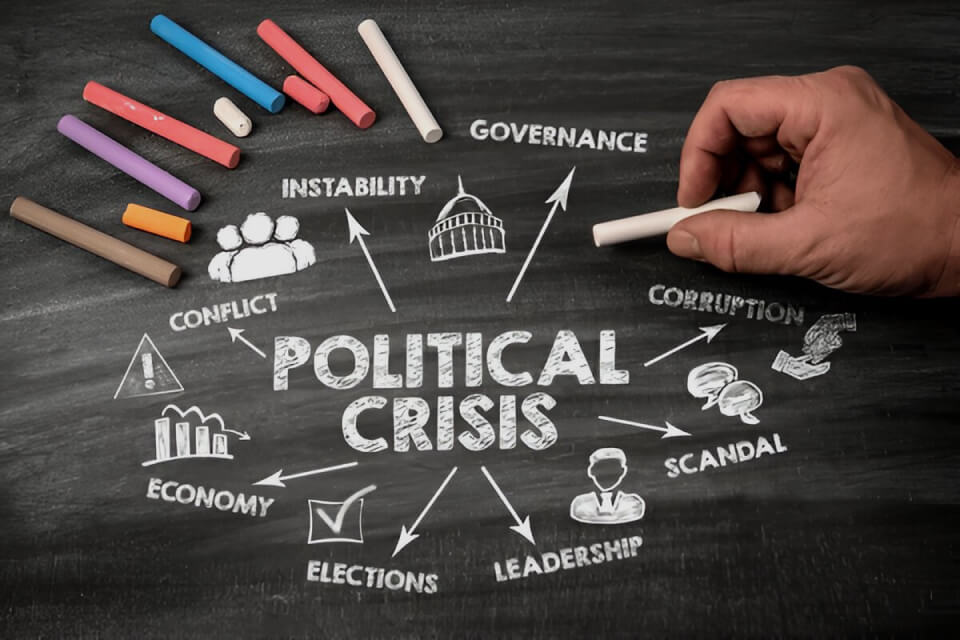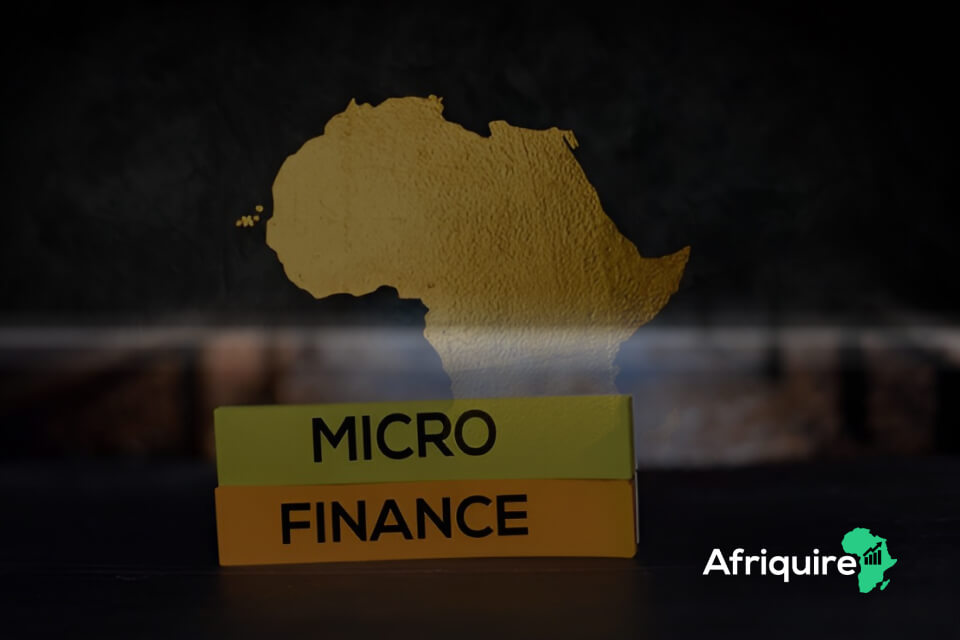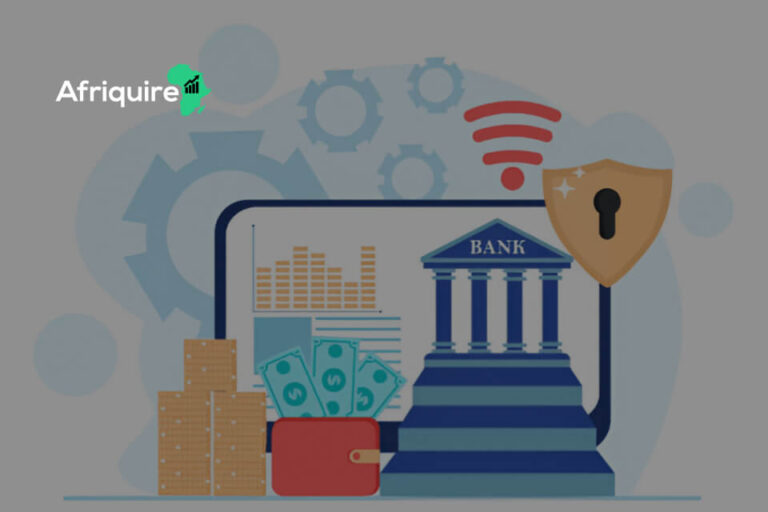Introduction
Microfinance is gaining importance across Africa, particularly as more small businesses and social enterprises require access to credit. However, even though microfinance helps many people, there are still problems that need to be fixed, hence the need to look into the challenges facing microfinance in Africa. To keep helping others, microfinance institutions must grow in a way that is smart and sustainable.
In this article, you will learn about how microfinance is growing, why it matters, what microfinance institutions do, the challenges facing microfinance, and how to solve them. Let’s begin.
Growth and Importance of Microfinance in Africa
Over the years, microfinance has grown a lot in Africa. Many small business owners now depend on microfinance loans to keep their businesses running. This is especially true in rural areas where it is hard to find regular banks. Microfinance has helped reduce poverty, create jobs, and support communities.
At the same time, microfinance helps small businesses get started and grow. These businesses are very important to many African countries because they provide jobs and help the economy. Since most of these businesses are small or informal, they cannot always get help from big banks. That is where microfinance comes in.
Today, new tools like mobile money and digital platforms are making it easier for microfinance to reach more people. But they also bring new challenges that need smart planning. These tools are an important part of building secure digital payment systems in Africa, which help people send and receive money safely.
Purpose of Microfinance Institutions (MFIs)
Microfinance institutions are organisations that give small loans and other financial services to people who may not qualify for normal bank loans. They help people save money, get insurance, and learn how to manage a business.
Most of the time, these institutions work with small farmers, business owners, and local groups. They also help women and people in low-income areas grow their businesses and become more financially stable.
By doing this, microfinance institutions help people take charge of their lives and build stronger communities. Some even design their services to match local needs, like giving longer time to repay loans during the farming season. This helps support the growth of African small businesses in a smart and useful way.
Why Understanding Challenges is Key to Sustainability
Even though microfinance is helping many people, it still has some serious problems. These include high costs of running the institutions, not having enough money to lend, and many people not being able to pay back loans. Some rules and laws also make it hard for microfinance institutions to do their work properly.
In some cases, microfinance groups ask for documents or collateral that many small businesses do not have. This keeps many people out. Also, informal lenders who charge high interest can take advantage of poor people who are desperate.
To make microfinance work better, institutions need help with better funding, fairer rules, and tools like digital payments. That is why secure digital payment systems in Africa must be part of the plan. These systems can connect better with banks and make it easier for small businesses to send and receive money.
Understanding these issues is the first step in creating real change. It also helps with other big goals like improving how to promote digital payments adoption, deciding how to choose the right digital payment solution, and exploring the role of government in regulating digital payments.
Common Issues in Microfinance Delivery
Microfinance helps small businesses and social enterprises grow, especially in Africa. It gives people small loans and basic financial services they may not get from banks. However, even with its importance, there are still many challenges facing microfinance today. If you’ve ever wondered why it’s still hard for many Africans to get small loans, let’s look into the most common problems and how they can be solved.
Limited Outreach in Rural Areas
To start with, many people in rural areas don’t have access to microfinance services.
Most microfinance institutions (MFIs) are based in big cities or towns. But many people in Africa live in rural communities. The roads are poor, transport is expensive, and internet or phone networks are often weak in these places.
Because of this, MFIs find it costly to work in villages where few people live close to each other. It becomes hard to make profit, so they focus more on cities. That means rural families are left out.
Looking ahead, the future of microfinance in Africa depends on technology like mobile banking. If used well, these tools can help reach people in far places with little effort.
High Interest Rates and Service Costs
Another big problem is that loans from microfinance institutions can be too expensive.
MFIs have many costs. They pay for staff, transport, technology, and more. To cover these, they charge borrowers high interest rates and extra fees. Sometimes, interest rates are as high as 30 percent in one year.
This is tough for many small business owners. Even if they have a good idea, they may fear taking a loan they can’t pay back. That stops them from growing.
To fix this, better technology and more competition among MFIs may help bring down costs. That way, microfinance for African small businesses will become more helpful and fair.
Low Financial Literacy among Clients
Next, many people who borrow money do not fully understand how loans work.
Some don’t know how interest rates affect how much they repay. Others are not sure how to budget or grow a small business with the money they borrow.
Because of this, some use the loan for daily needs instead of business. Later, they struggle to repay.
For microfinance to truly help, there needs to be more financial education. This is very important for the role of microfinance in African SME growth. When people understand money better, they make better choices and succeed in business.
Poor Loan Repayment Rates
When borrowers don’t repay on time, MFIs also suffer.
This makes them raise interest rates or stop lending to others. In some cases, it can even cause the business to shut down. Low repayment can happen for many reasons. For example, bad weather, health problems, or loss of income.
To improve this, MFIs can work closely with local leaders. They can also offer flexible repayment plans and track borrowers better. These steps can improve trust and help businesses grow.

Financial and Operational Challenges
If you have ever wondered why some small businesses cannot grow or why funding is hard to find, these are the reasons. Now, let’s look at the main problems one by one and see what can be done about them.
Inadequate Funding and Capital Constraints
One big problem is that there just isn’t enough money available. Most microfinance institutions, also called MFIs, do not have a large amount of money to give out as loans. Instead, they depend on people’s savings or help from outside organisations.
Because the money is limited, MFIs can only help a few people at a time. Also, they may charge high interest so they can cover their own costs and protect themselves from the risk of people not paying back.
To improve this, there needs to be better ways to raise money. This could include working with both public and private partners or getting funds from bigger global markets. That way, MFIs can help more people, especially those running African small businesses or new ideas trying to grow.
Poor Risk Management Practices
Another major issue is how MFIs manage risk. Many do not have strong ways of checking if someone is truly able to repay a loan. Even after giving out loans, they may not check how the money is being used.
When people cannot pay back their loans, MFIs lose money. If this keeps happening, they may even shut down. That is very risky for the people who depend on them.
This is also a problem for African social enterprises who rely on microfinance to grow. If MFIs improve how they assess risk and train their staff, they can help more people succeed. It is all about making better choices from the start.
Lack of Skilled Personnel
Microfinance needs people who understand money and business. But in many areas across Africa, there just are not enough skilled workers.
Some workers don’t have proper financial training. This can cause mistakes like poor planning, slow services, or even money going missing. When this happens, small business owners don’t get the support they need.
To fix this, MFIs need to invest in training and education for their staff. Skilled workers will help MFIs grow and be successful.
Inefficient Technology and Infrastructure
Inefficient Technology and Infrastructure
Technology is another challenge. Many MFIs still use paper to keep records and do things by hand. This makes their work slow and hard to track.
Also, poor internet and electricity make things worse, especially in rural areas. These problems slow down loan processes and lead to many errors. Because of this, it becomes hard for MFIs to grow and help more clients.
However, with better technology like mobile banking and digital systems, everything can change. MFIs will serve more people, faster and better. This will improve the impact of microfinance on African social enterprises and help small businesses across the continent.
Regulatory and Policy Obstacles
Microfinance gives people access to small loans, savings, and other services they may not get from big banks. But there are still some regulatory and policy problems. These problems make it harder for microfinance to reach everyone who needs it.
Inconsistent Regulatory Frameworks Across Countries
One major problem is that different African countries have different rules for microfinance. These rules are not always clear or easy to follow. Some may even go against each other.
For example, a microfinance company working in Kenya may need a different license if it wants to work in South Africa too. This means extra work, more costs, and delays in offering services.
Because of this, it becomes harder to grow and help more people. Also, small businesses get confused when rules change too often. They may not know what documents to submit or what the law expects from them. As a result, they may not get the help they need.
Limited Government Support and Oversight
Next, many microfinance providers don’t get much help from their governments. Some countries have good plans, but many still lack proper support.
Without strong government backing, it is hard to set fair rules or watch over bad practices. This means some providers may not follow the right standards, and trust in the system can break down.
For microfinance to grow, governments need to be more involved. They should help create strong rules, give support, and make it easy for new ideas to grow. This will help build a better future for microfinance in Africa.
Complex Licensing and Compliance Processes
Starting a microfinance service is not easy. The process of getting a license can take a lot of time and money. There are many forms to fill, fees to pay, and offices to visit.
For small microfinance groups, this can be very hard. Some may give up before they even start. That means fewer people can get the services they need.
When licensing is too hard, fewer new businesses join the market. This slows down the impact of microfinance on African social enterprises and stops growth.
Taxation and Reporting Burdens
Lastly, taxes and reporting rules can also be a big problem. In some countries, microfinance companies pay high taxes even though they don’t make much money. They also need to submit many reports, which takes time and costs more.
This is hard for small providers that want to help people, not just make a profit. They spend more time filling forms than helping customers.
To fix this, tax rules need to change. Reporting should be simpler. This way, more companies can focus on lending and helping small businesses.

Socio-Economic Barriers
Many microfinance institutions, also called MFIs, work in places where life is already hard. These areas often have poor infrastructure, low income levels, and fewer business opportunities.
Because of this, it becomes difficult for MFIs to help as many people as they want. It also makes it harder for them to grow or reach new areas. As a result, many small businesses don’t get the support they need to succeed.
Cultural Resistance to Formal Financial Services
In many places across Africa, especially rural areas, people are more comfortable using informal ways to save or borrow money. They prefer to keep money at home or borrow from friends, family, or local traders.
This often happens because of mistrust, fear of debt, or simply because they don’t understand how microfinance works. Sadly, this keeps many business owners away from the help they need. It also makes it harder for microfinance to make a bigger impact in growing social enterprises and small businesses.
Gender Inequality in Loan Access
Women face even more difficulties when it comes to getting microfinance loans. In some areas, they don’t have the right to own property or land, which they need to use as collateral for loans.
Also, some communities still believe that women should not run businesses or ask for loans. This makes it hard for women to get the help they need to grow. If we want microfinance to truly help all Africans, we must make it easier for women to access these services.
Political Instability and Economic Fluctuations
When countries go through political trouble, protests, or quick changes in government, it affects businesses. Prices can rise quickly, and money can lose value.
During these times, people may not be able to repay their loans because they earn less money. Investors also get scared, and microfinance institutions may find it hard to stay open or grow. All of this holds back the role of microfinance in supporting African SME growth.
Informal Market Competition
In many parts of Africa, business is done through informal markets. There are local money lenders who offer quick loans, even though they charge very high-interest rates.
These informal lenders are popular because they are easy to reach and don’t ask for paperwork. Meanwhile, microfinance institutions have to follow more rules, which can slow them down. Because of this, many people go to informal lenders first, making it harder for MFIs to grow.
Strategies for Overcoming Challenges
The future of microfinance in Africa depends on smart steps to solve these problems. Let’s look at a few helpful ideas.
Strengthening Partnerships with NGOs and Governments
Working together is powerful. MFIs can team up with NGOs and governments to do more. NGOs understand the local people. Governments can make good rules and offer support. When they work together, they can give more loans, reach more people, and build trust. This is one way to solve challenges facing microfinance.
Investing in Digital and Mobile Banking Solutions
Technology can change everything. Mobile banking and digital tools help MFIs serve more people without big offices. People in remote areas can now apply for loans using their phones.
Digital systems also help check who is applying, manage risks, and save money. This helps bring financial services to people who were left out before. Truly, technology will shape the future of microfinance in Africa.
Providing Financial Education and Training
Many people don’t know how to handle money well. So, they borrow too much or use the loan wrongly. This leads to problems.
To fix this, MFIs should teach people how to plan, save, and grow their business. Financial education builds confidence. It also helps microfinance support African small businesses better.
Policy Reforms and Supportive Regulation
Governments must create rules that help MFIs grow safely. Clear and fair rules help protect both the lenders and the borrowers.
Also, tax breaks and easier registration can help small MFIs grow faster. Better policies mean more people can access loans. This will boost the impact of microfinance on African social enterprises.

Frequently Asked Questions (FAQs)
1. What are the main financial challenges facing microfinance institutions (MFIs) in Africa?
High operating costs, limited capital, and increasing loan defaults make it difficult for MFIs to remain profitable and sustainable.
2. How do socio-economic barriers affect microfinance delivery?
Poverty, low financial literacy, and lack of collateral among clients limit access and repayment capacity.
3. What regulatory obstacles do MFIs face in Africa?
Inconsistent regulations, licensing issues, and regulatory compliance costs create difficulties for MFIs to operate efficiently.
4. What operational issues hinder the growth of microfinance in Africa?
The scarcity of skilled staff, inefficient loan recovery processes, and a lack of technology adoption slow down growth.
5. How can microfinance institutions overcome funding limitations? By building partnerships, adopting digital platforms, and diversifying funding sources, MFIs can access more affordable capital.
Conclusion
Challenges facing microfinance in Africa, such as financial constraints, socio-economic barriers, regulatory hurdles, and operational inefficiencies, still limit its full potential. However, the future of microfinance in Africa looks promising as institutions adopt technology and strategic partnerships. The role of microfinance in African SME growth and its impact on social enterprises remains vital. Overcoming these challenges will unlock new opportunities for microfinance for African small businesses and help drive inclusive economic development.



